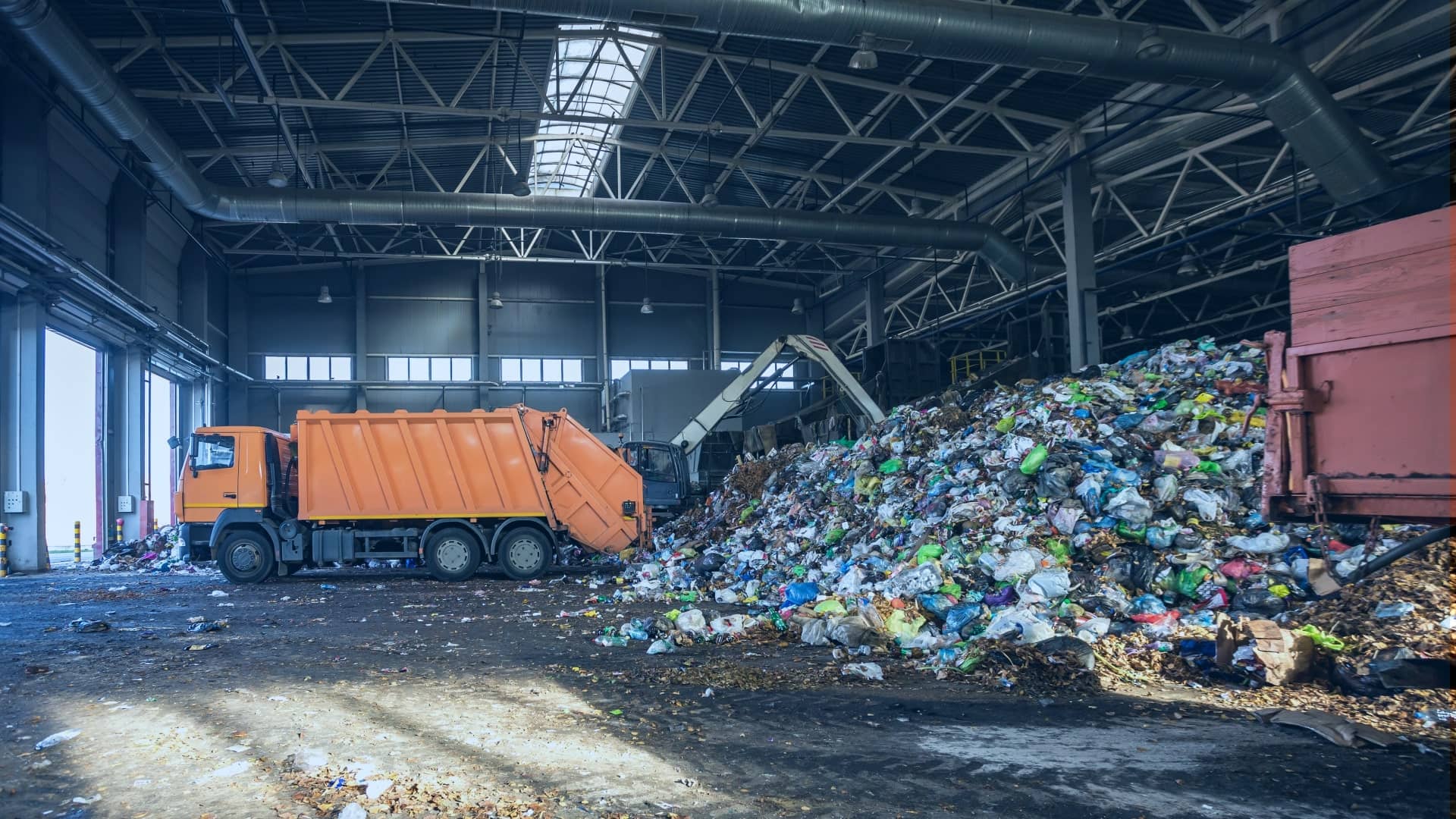The 15-Second Trick For Reclaim Waste
The 15-Second Trick For Reclaim Waste
Blog Article
Excitement About Reclaim Waste
Table of ContentsThe Definitive Guide for Reclaim Waste4 Easy Facts About Reclaim Waste ExplainedReclaim Waste - The Facts8 Easy Facts About Reclaim Waste DescribedOur Reclaim Waste PDFs
Residential sewer waste refers to the waste and products from a residential septic container. The correct monitoring and disposal of domestic sewage waste call for fluid waste to be transferred to a sewage treatment plant where the correct approaches and equipment are applied to purify and dispose of waste.
Industrial waste commonly consists of prospective threats, such as flammable materials or a mix of liquid and solid waste items, and calls for an advanced and in-depth disposal process. The disposal of business waste normally entails the filtration of waste prior to transportation to guarantee risk-free and proper disposal. Hazardous waste is developed from results and overflow of commercial procedures and manufacturing.
This type of waste can not make use of the very same sewage monitoring transport or procedures as septic or commercial fluids. The commercial waste monitoring process requires the examination and screening of fluid waste before it undergoes the disposal process (liquid waste removal melbourne). Overflow waste is the liquid waste that comes from runoff and excess stormwater in highly populated areas or cities
Overflow waste can trigger contamination and flooding if not handled properly. Guaranteeing proper waste management can stop calamities and decrease ecological damage.
Not known Details About Reclaim Waste
Call PROS Solutions today to find out about our waste monitoring and disposal services and the appropriate means to take care of the fluid waste you produce.
(https://writeablog.net/reclaimwaste1/reclaiming-resources-a-comprehensive-guide-to-industrial-wastewater-treatment)This supposed 'wastewater' is not only an essential source however, after treatment, will certainly be launched to our land, rivers or the ocean. Made use of water from toilets, showers, bathrooms, cooking area sinks, laundries and commercial processes is recognized as wastewater.

water used to cool machinery or tidy plant and tools). Stormwater, a type of wastewater, is drainage that streams from agricultural and urban locations such as roof coverings, parks, yards, roadways, paths and rain gutters into stormwater drains, after rain. Stormwater streams neglected straight to local creeks or rivers, ultimately getting to the ocean.
The Single Strategy To Use For Reclaim Waste
In Queensland, the majority of wastewater is treated at sewage treatment plants. Wastewater is delivered from residential or commercial sites via a system of drains and pump terminals, understood as sewerage reticulation, to a sewage treatment plant.
The Department of Natural Resources recommends local federal governments regarding managing, operating and maintaining sewerage systems and treatment plants. In unsewered locations, city governments might need householders to install individual or household sewer therapy systems to deal with domestic wastewater from toilets, cooking areas, restrooms and laundries. The Division of Natural Resources authorizes the usage of family systems when they are verified to be effective.
A lot of stormwater receives no treatment. In some new neighborhoods, treatment of some stormwater to remove litter, sand and crushed rock has actually begun using gross toxin traps. Wastewater treatment occurs in 4 stages: Removes solid matter. Bigger solids, such as plastics and various other items wrongly discharged to sewers, are removed when wastewater is passed via displays.
Wastewater after that moves into huge storage tanks where solids settle and are eliminated as sludge. Oil and scum are skimmed from the surface. Makes use of small living organisms referred to as micro-organisms to break down Related Site and eliminate remaining dissolved wastes and fine fragments. Micro-organisms and wastes are incorporated in the sludge. Gets rid of nitrogen and phosphorus nutrients that can create algal blooms in our waterways and intimidate water life.
Some Known Questions About Reclaim Waste.
Nutrient elimination is not readily available at all sewage therapy plants due to the fact that it calls for pricey specialized tools. Clear fluid effluent created after therapy may still include disease-causing micro-organisms - liquid waste disposal.

Most wastewater moves right into the sewerage system. Under the Act, neighborhood federal governments provide approvals and permits for ecologically appropriate activities (Periods) involving wastewater releases that could have a regional influence.
How Reclaim Waste can Save You Time, Stress, and Money.
Otherwise, samples are considered laboratory evaluation. Frequently lots of examinations are needed to develop the degrees of each of the various contaminants such as oils, hefty steels and pesticides in water. Monitoring provides accurate info concerning water quality and can validate that licence problems are being fulfilled. The info acquired with monitoring provides the basis for making water high quality decisions.
Report this page